
Location of the Tortugas shipwreck off the Dry Tortugas islands, Florida Keys. (Unless otherwise noted, all photos © Odyssey Marine Exploration.)

The research vessel Seahawk Retriever in port before sailing to the Tortugas shipwreck. (Photo, John Astley.)

The remotely operated vehicle (ROV) Merlin, the eyes and hands of the archaeologist on the deep-sea Tortugas wreck excavation, docked on the deck of the Seahawk Retriever. (Photo, John Astley.)
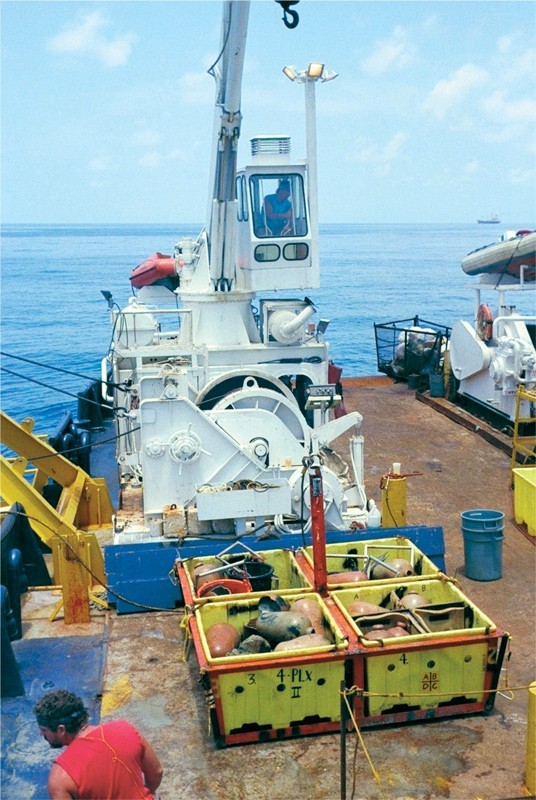
Recovered artifacts from the Tortugas shipwreck on the deck of the Seahawk Retriever. (Photo, John Astley.)
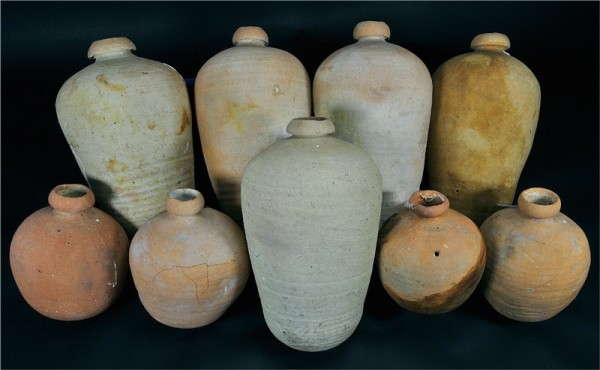
Large Type 1 and small Type 2 olive jars (botijas) from the Tortugas shipwreck. Large Type 1: H. 17 1/8–22 1/4"; small Type 2: H. 10 5/8–13 3/8".

Olive jars and a San Juan Polychrome juglet in situ on the wreck.

A Type 1 olive jar being recovered using a limpet suction device.

A Type 2 olive jar being recovered using a limpet suction device.

A Type 3 olive jar in situ.

Olive jar sherds alongside a half-dipped juglet in situ.

Map showing the distribution of olive jars at the 400 meter-deep Tortugas shipwreck.
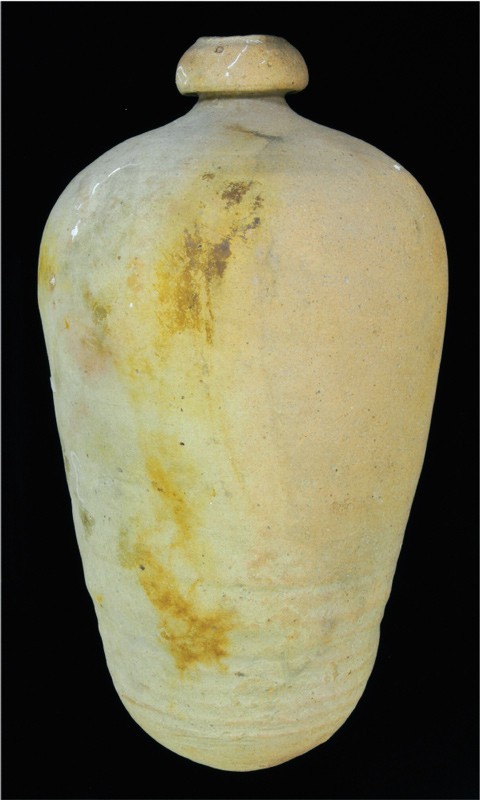
Tortugas Type 1 olive jar, possibly Córdoba, Spain, ca. 1622. Unglazed earthenware. H. 21 1/16".
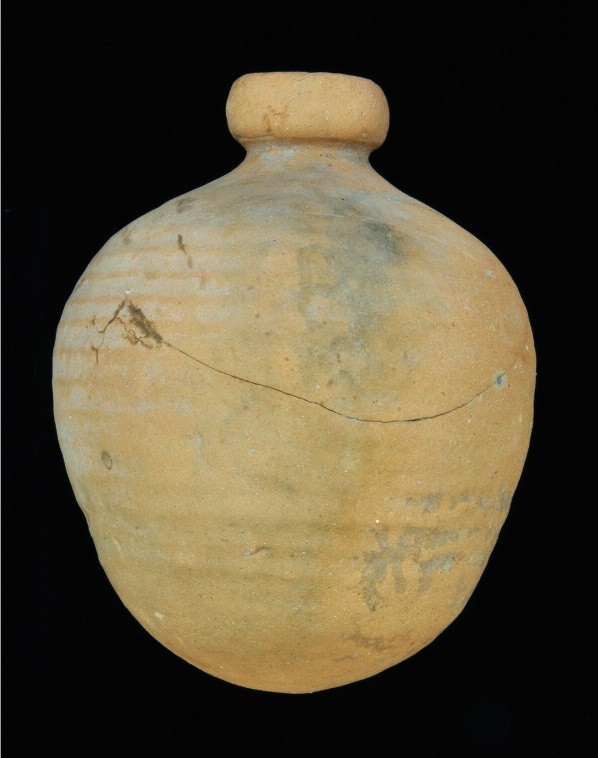
Tortugas Type 2 olive jar, Seville, Spain, ca. 1622. Unglazed earthenware. H. 12 3/16".
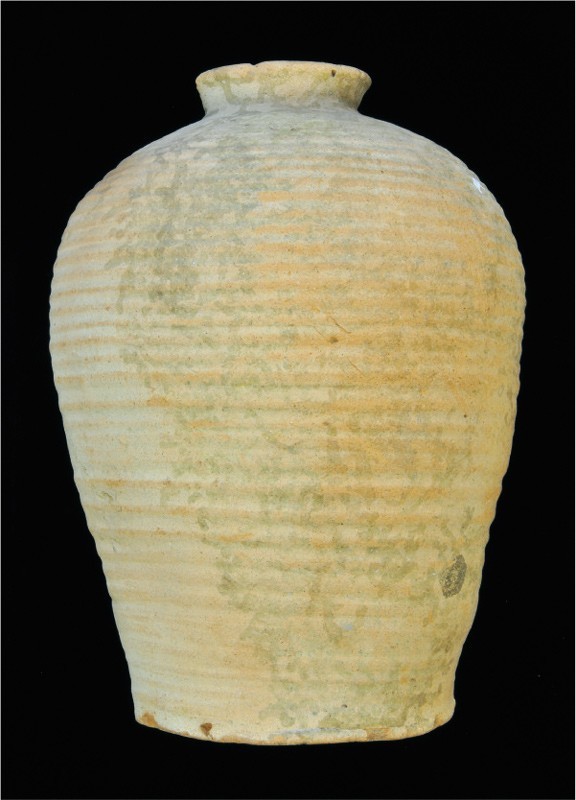
Tortugas Type 4 olive jar, Seville, Spain, ca. 1622. Unglazed earthenware. H. 16 11/16".
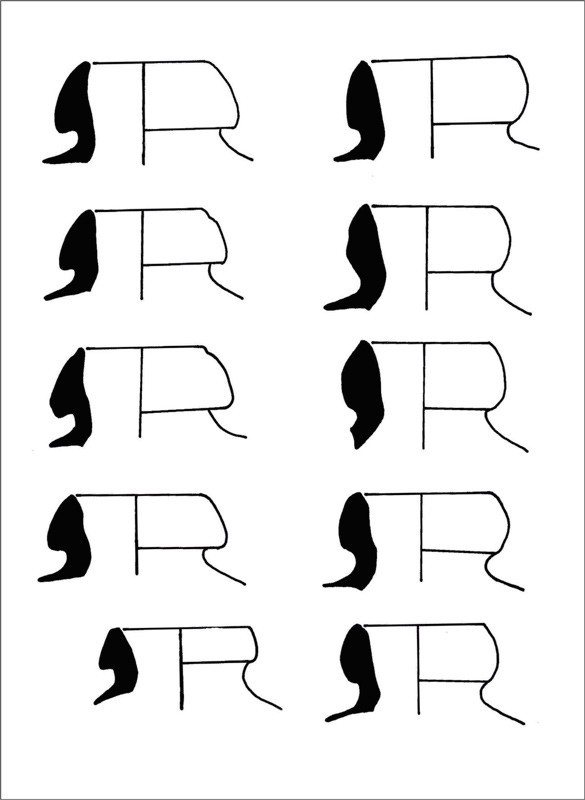
Tortugas olive jar rims: (left) Type 1; (right) Type 2. (As illustrated in George Avery, “Pots as Packaging: The Spanish Olive Jar and Andalusian Transatlantic Commercial Activity, 16th–18th Centuries,” Ph.D. diss., University of Florida, 1997, p. 115.)
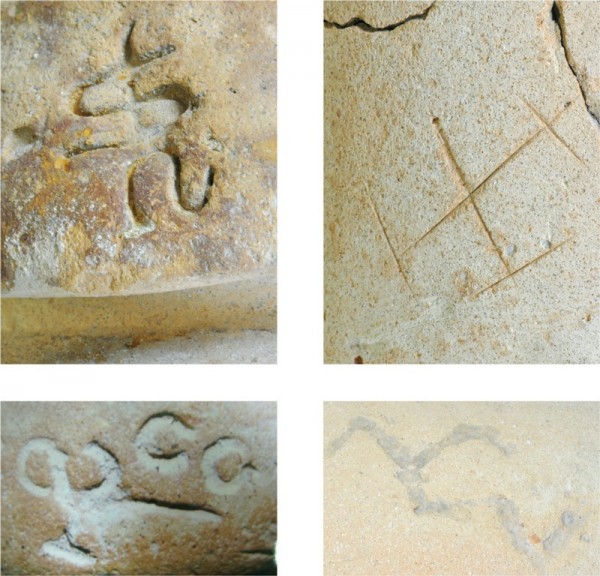
Sample sgraffito maker’s marks incised onto Tortugas olive jar rims.
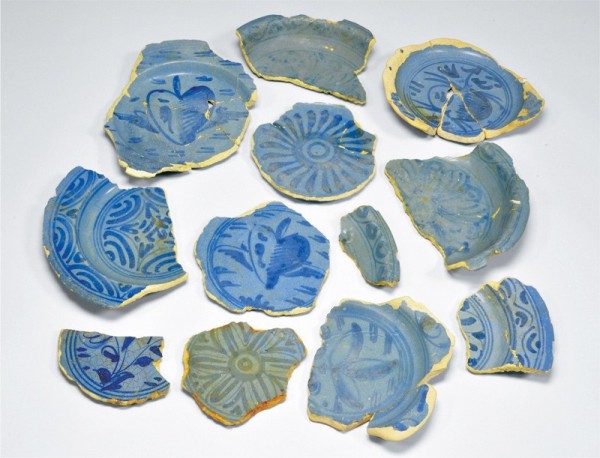
Plate and dish fragments, Blue-on-Blue Seville maiolica, Seville, Spain, ca. 1622. Tin-glazed earthenware.
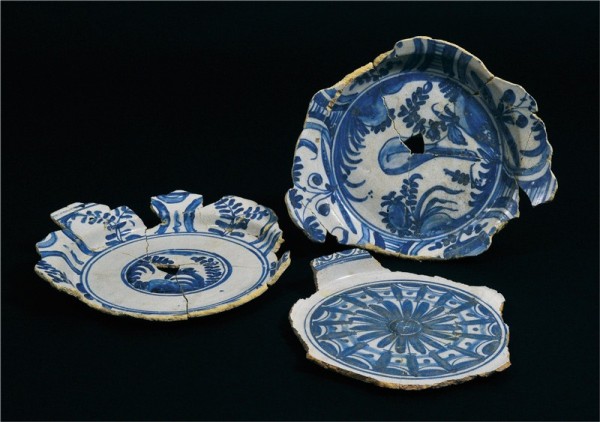
Dish fragments, Blue-on-White Talavera–style maiolica, Seville, Spain, ca. 1622. Tin-glazed earthenware. D. of largest fragment (center) 7 13/16".

Dishes, Columbia Plain maiolica, Rio Guardiamar, Andalusia, Spain, ca. 1622. Tin-glazed earthenware. D. of largest dish 7 13/16".
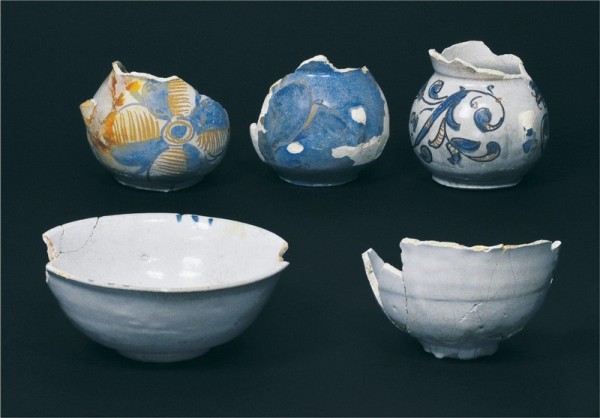
Tin-glazed vessels recovered from the Tortugas shipwreck, ca. 1622. (Top row) Juglets, Andalusia Polychrome maiolica, Andalusia region, Spain. H. of largest juglet (top right) 3 13/16", D. 3 7/8". (Bottom row) Bowls, Seville, Spain. H. of Seville white ware dish (bottom left) 2 5/16", D. 5 5/8".
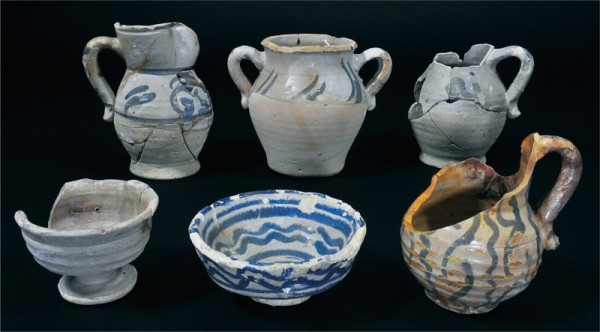
(Top row) Linear Blue Morisco ware jugs, ca. 1622. Tin-enameled earthenware. (Bottom row, left to right) Mottled Blue Morisco ware cup from the “high magnesium” subgroup; Blue-on-White Seville ware bowl; and juglet from the “high magnesium” subgroup.
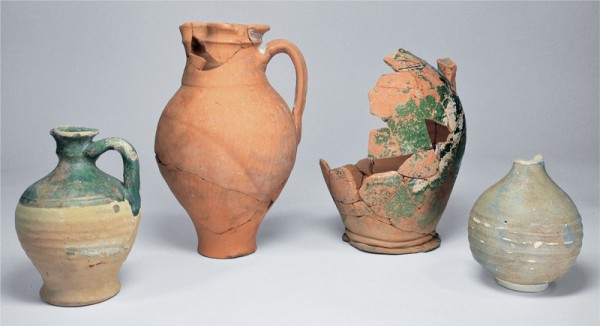
Red earthenware vessels recovered from the Tortugas shipwreck, ca. 1622. Left to right: Half-dipped green glaze juglet from the high magnesium subgroup; one-handle Portuguese redware jug; a green-glazed coarse redware jug; and a coarse ware glazed juglet. H. of one-handled Portuguese jug (second from left) 11 7/16".
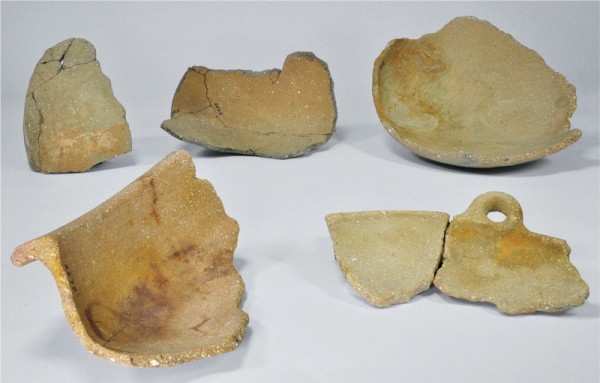
Fragments of colonoware cooking vessels, Southern Atlantic/Circum-Caribbean, ca. 1622. Low-fired earthenware.
